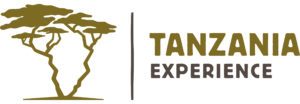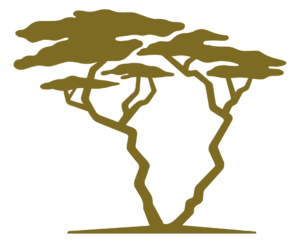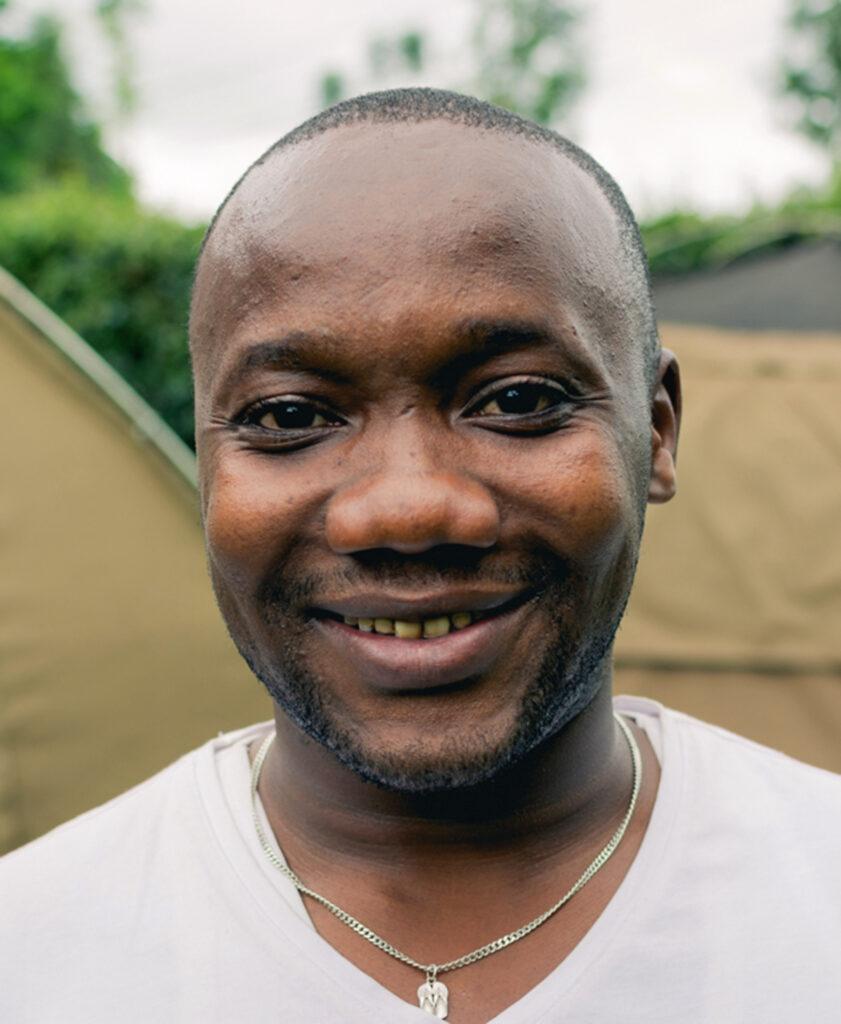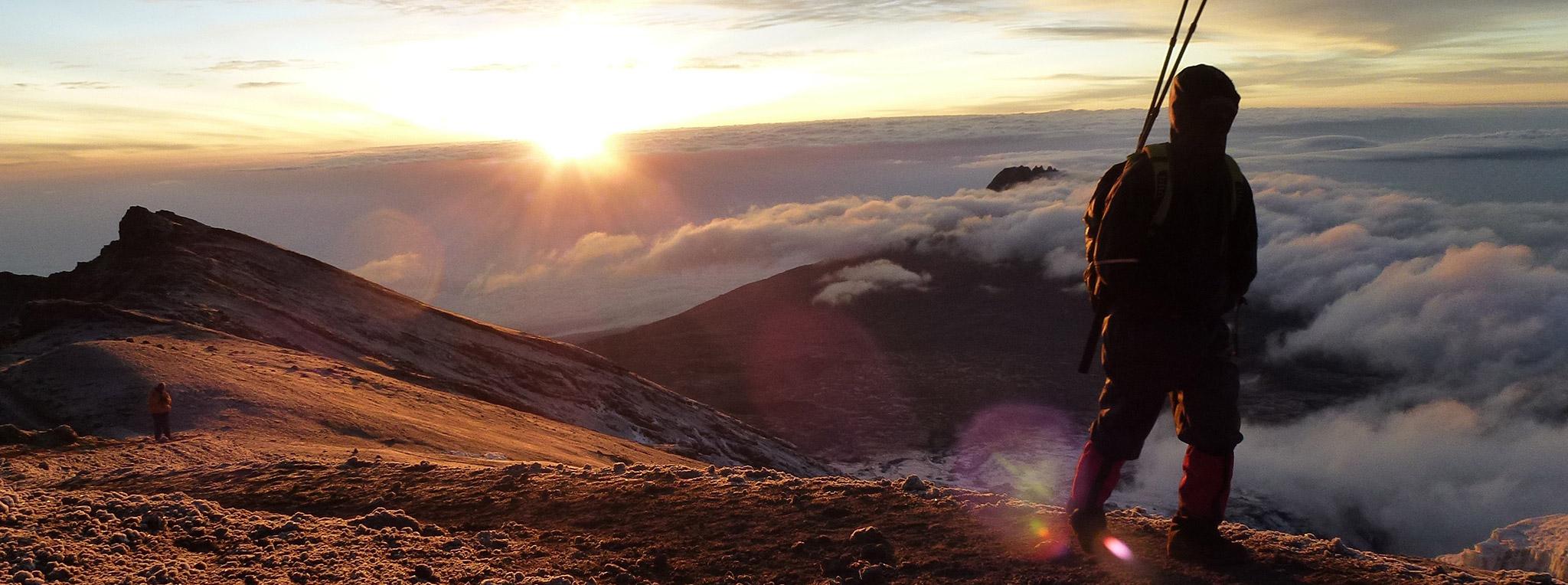
Kilimanjaro Trekking Tours
Climb Africa's highest mountain with our expert team and make your dream a reality
Kilimanjaro Trekking Tours
For many, reaching the summit of Mount Kilimanjaro is a lifelong dream. Be it the unique experience of trekking through intriguing and varied landscapes to scale Africa’s highest mountain. Or be it Kilimanjaro’s acclaim as one of the most picturesque treks on the planet. Without a doubt, the panoramic views of Kenya and Tanzania from atop the world’s tallest freestanding mountain are simply spectacular.
The best part is that you don’t have to be an experienced mountaineer to reach the peak. Physical fitness and determination are vital to completing this challenging trek. However, there are routes to suit all ability levels, and we can help you choose the perfect route. Moreover, our mountain team, whose prime concern is your safety, will help you throughout the trek. They will not only guide you to the top but also ensure that you return safe and sound.
Kilimanjaro private treks vs group treks
On Kilimanjaro trekking tours, you can choose between doing a private climb or joining other travellers on a group climb. The advantage of a private trek is that you can choose your desired dates and trekking companions. If you are climbing with a group of friends or individuals from a club or charity, you can share some of the cost between all participants and thus save some money.
Alternatively, if you are a solo climber or a couple, you can join a scheduled group trek limited to ten trekkers.
A mountain guide will lead the way. Porters will carry all the equipment and set up the camp before you arrive. Finally, our incredible cooks will prepare three delicious meals a day. At night, you will stay in shared huts on the Marangu route, or private two-person tents on the remaining three routes.
Kilimanjaro Routes
We specialise in treks on the following four routes on Mount Kilimanjaro.
You can complete the:
- Eastern Marangu route on a private or scheduled group trek in six days.
- Northern Rongai route only on a private trek in six days.
- Southern Machame route on a private or scheduled group trek in six days (7 days, including one acclimatisation day).
- Western Lemosho route on a private or scheduled group trek in seven days (8 days, including one acclimatisation day).
If you would like to discuss other options, just get in touch!
Optional acclimatisation day
Adding an extra night to your trek can increase your chances of reaching the summit on the Machame and Lemosho routes. Experienced mountaineers follow a strategy of “climbing high, sleeping low” to acclimatise to high altitudes. Therefore, during an acclimatisation day, your group will hike to a high elevation and then descend several hundred meters before nightfall to spend the night. This allows your body more time to adjust to the altitude.
Best Kilimanjaro tours on different routes
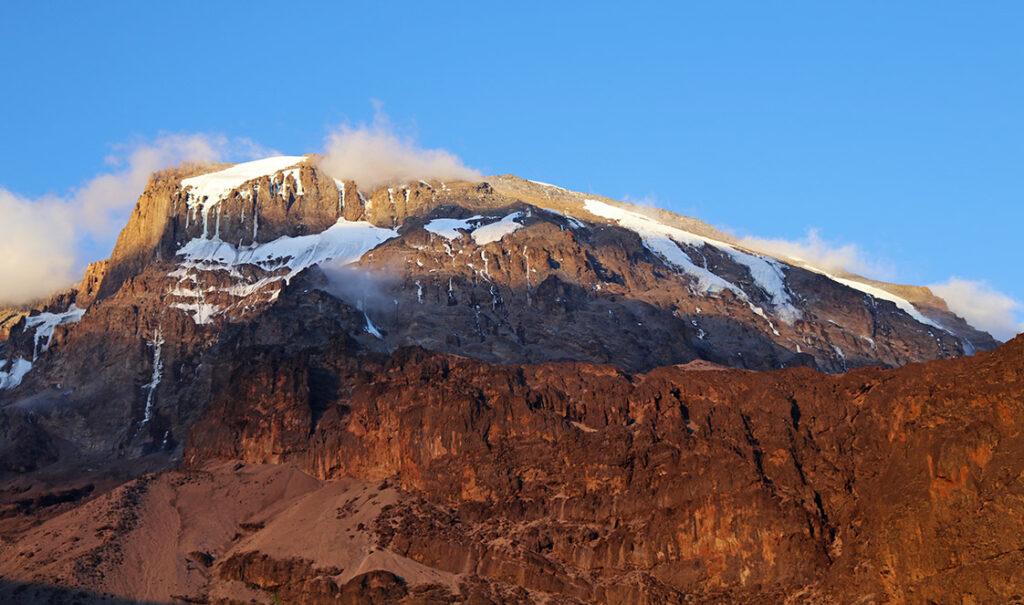
Machame Route – 6 Day Climb
Places Kilimanjaro National Park, Arusha
from 2,300 USD pp sharing
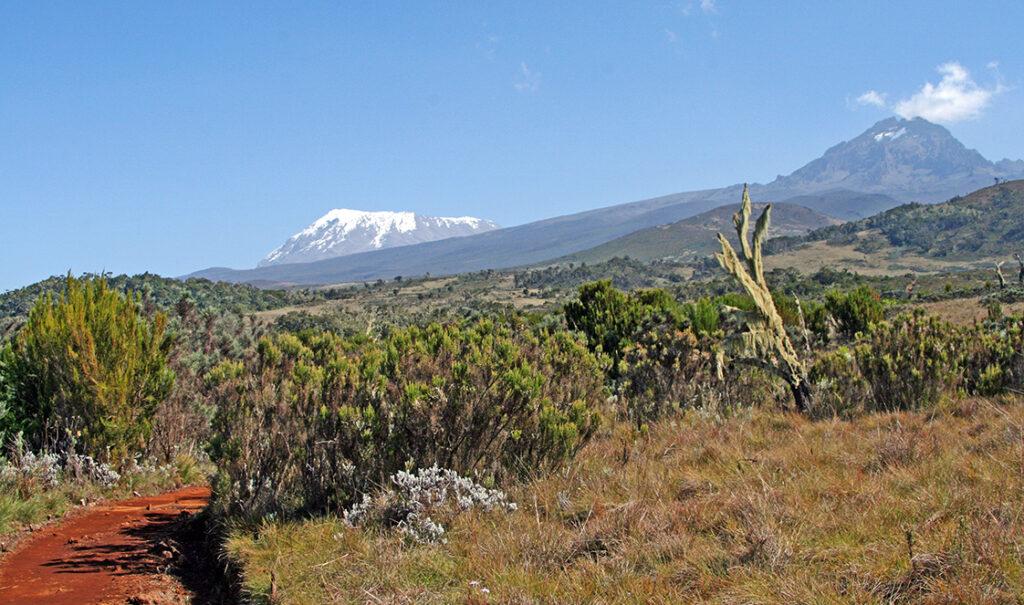
Marangu Route – 6 Day Climb
Places Kilimanjaro National Park, Arusha
from 2,300 USD pp sharing
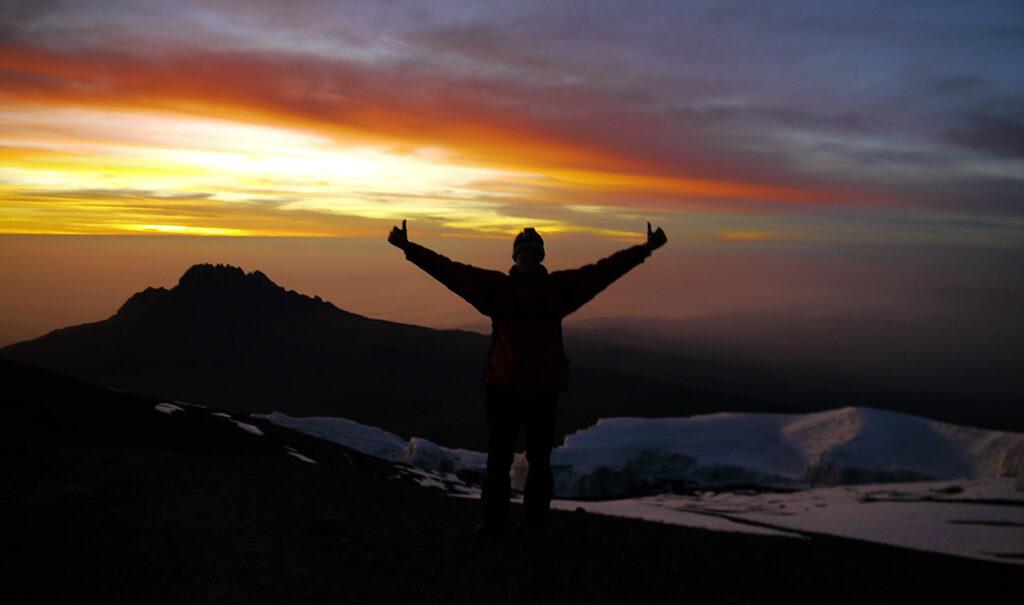
Lemosho Route – 7 Day Climb
Places Kilimanjaro National Park, Arusha
from 2,850 USD pp sharing
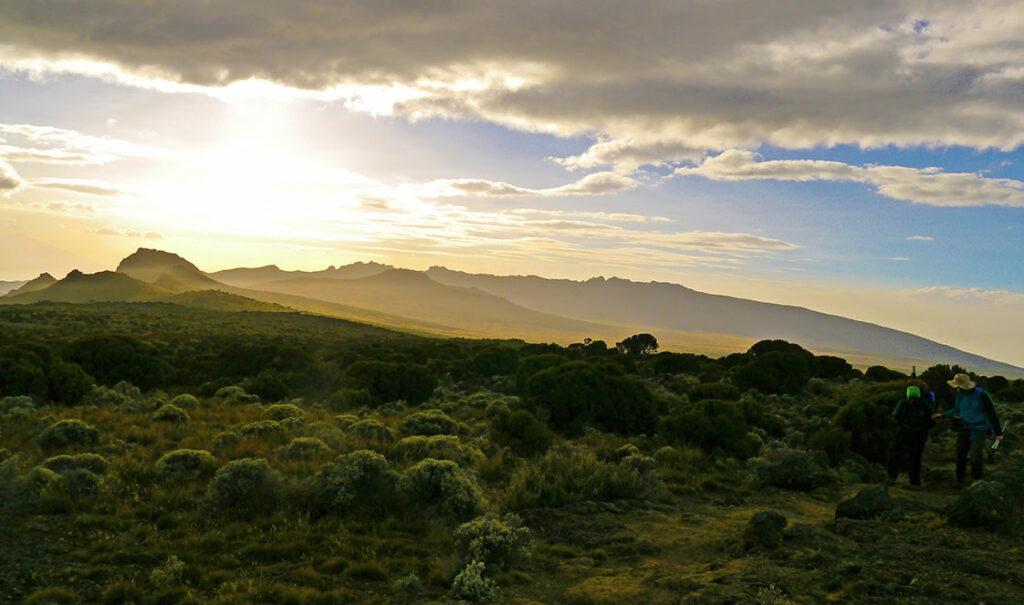
Machame Route – 6 Day Climb
Places Kilimanjaro National Park, Arusha
from 2,110 USD (based on >6 persons)
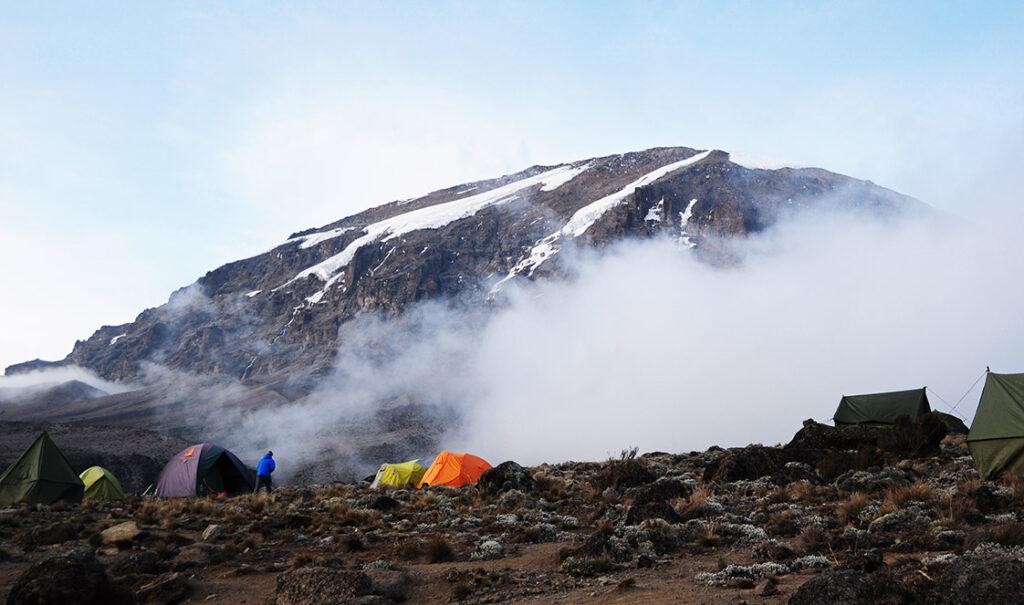
Lemosho Route – 7 Day Climb
Places Kilimanjaro National Park, Arusha
from 2,490 USD (based on >6 persons)
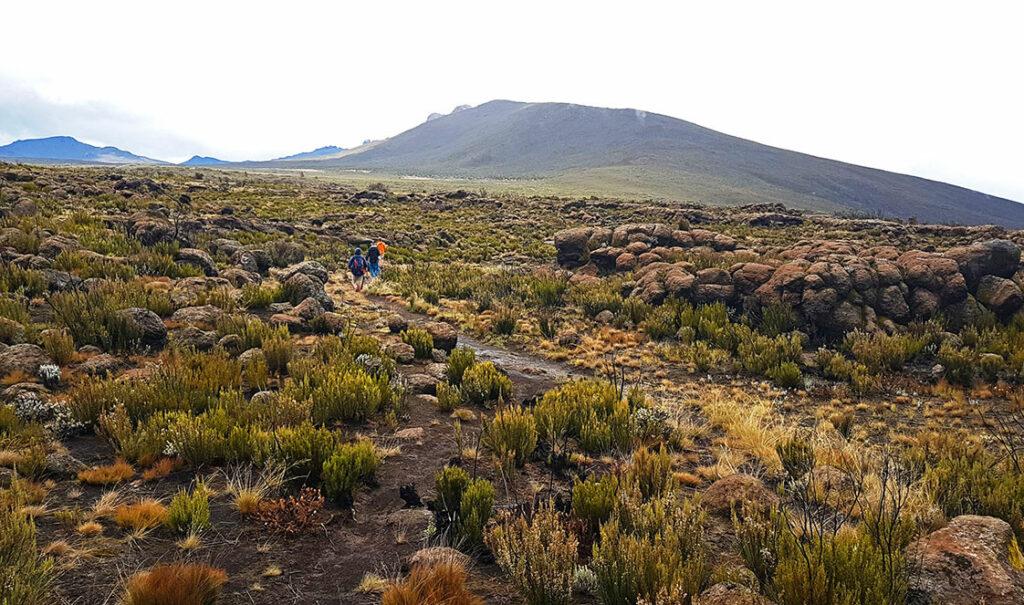
Kilimanjaro National Park Day Trip – Shira Plateau
Places Kilimanjaro National Park
from 290 USD (based on 7 persons)
Accommodations
MOUNTAIN HUTS AND PRIVATE TENTS
Various accommodation options are available in the towns south of Mount Kilimanjaro, ranging from hotels to guest houses. Depending on your chosen route, there are two types of accommodation during the trek.
Shared Huts
On the eastern Marangu route, you will stay in shared wooden huts that accommodate four to six people. A bed in a hut cannot be booked in advance. Instead, a first come, first serve system allows early arrivals to select their preferred hut. The huts have electric lights, mattresses, and basic toilets but no heating. Each camp on this route also has a main building where meals are served.
Private Tents
If you decide to embark on the Machame, Lemosho, or Rongai routes, we offer the convenience of a high-quality two-person mountain tent and sleeping mattress for your private use. Additionally, you can rent a warm sleeping bag from us with a temperature rating of -12°C or bring your own.
Showers and toilets
During group treks, very basic public toilets are available to use. For private treks, we set up a mobile toilet tent at each campsite specifically for your convenience. There are no showers available on any of the routes. However, our team will prepare warm water in a bowl for a wash for private and group treks.
What to expect on a Kilimanjaro climb?
Before every trek, our Trekking Operations Manager gives you an extensive briefing regarding the route, safety procedures, and health issues. You will have an opportunity to ask any questions that you have. Next, he will inspect the quality of your trekking gear to ensure your safety and comfort on the mountain. If you need any additional equipment, you can rent it from us.
During the trek, you carry a small backpack with essentials such as water for the day’s hike. Our porters will carry all the equipment, food, and additional luggage to set up the camp before you arrive. They are tough climbers and the true heroes of the mountain.
Our mountain guides will lead the way and are responsible for your safety. They have trekked Kilimanjaro hundreds of times and receive regular training. They will encourage you throughout the trek. They continually assess the weather and the condition of the trekkers. When extreme weather or altitude sickness or injury occurs, they will call the climb off if necessary.
Our cooks are miracle workers. With simple gas cookers, they conjure up 3-course feasts, hot drinks, and snacks to nourish you when you need it most. Our mountain crew fetches drinking water from mountain streams and boils it before you drink it.
Our porters pitch and take down the two-person tents you use. This leaves you to concentrate on getting to the top. Our camping gear is inspected and cleaned regularly.
Which routes can I take on Mt Kilimanjaro?
We offer four different routes to ascend Mount Kilimanjaro.
The Marangu route on the mountain’s eastern shoulder is one of the easiest ascents. It is the only route with overnight accommodation provided in shared huts.
The Rongai route starts from the north side of the mountain. Having reached the summit, the trek descends using the Marangu route. It is considered one of the easier trails, offering spectacular views and fewer climbers.
The Machame route, located on the mountain’s southern side, is known for its steep sections and longer daily treks. Although it is more challenging than the previous two routes, it is popular due to its incredible views of Kilimanjaro’s three peaks. Having reached the summit, the descent follows the Mweka Route.
The Lemosho route is a less commonly used trail that goes up the western side of Mount Kilimanjaro. On the third day, this trek joins the Machame route to arrive at the summit. It is equally challenging as the Machame route.
What does a typical day on Mt Kilimanjaro look like?
On day one, following breakfast, we will drive you to the entrance of Kilimanjaro National Park, where your guide will take care of the registration forms and park fees. Soon after, you will begin trekking through a lush forest to reach your first campsite five to six hours later. Here, you will enjoy a delicious evening meal as you wind down to spend your first night on this captivating mountain.
Each subsequent day starts with a hearty breakfast to fuel up on energy for the big climb ahead. Shortly afterwards, you start trekking. You will stop midway to rest and enjoy lunch with a view before continuing onwards and upwards to the next campsite. For the next two to three days, you continue this routine of climbing the mountain for five to seven hours per day.
During summit night, you’ll set off at midnight. Ahead of you is a five to six-hour final ascent so that you can arrive in time to witness dawn breaking on top of Africa’s highest mountain. Having taken in the breathtaking sunrise and summit views, you will descend the mountain for another five to six hours of trekking. This will be the longest day on the mountain but likely the most memorable.
On the final day, you’ll enjoy your last mountain breakfast, followed by a traditional farewell ceremony where you can thank your mountain team. After the final descent, we will drive you to your lodge to relax and celebrate your achievements.
When is the best time to climb Mt Kilimanjaro?
The best time to climb Mount Kilimanjaro is during the dry season, from July to October. This period offers the best weather conditions and minimises the risk of cloud cover obstructing the view. However, it is essential to note that the weather can change quickly, and one may experience four seasons in a day. Temperatures drop significantly in the evenings and mornings, and frosts are common, so packing warm clothes is essential.
Tanzania experiences two rainy seasons, namely the long rains from late March to mid-May and the short rains, which occur less predictably between November and December.
The peak season for climbing the mountain is from July to October, and it can get quite busy. However, the shoulder seasons, which occur from the end of May to the end of June and from December to mid-May, are also great options with good weather and fewer trekkers on the mountain. Moreover, the shoulder season is a great time to combine a trek with a safari.
It is worth noting that trekking the mountain may not be possible due to unsafe weather conditions in April, May, and November.
How fit do I need to be to climb Kili?
Reaching the summit of Mount Kilimanjaro does not require technical climbing skills, but it remains a challenging feat that requires good health and physical fitness. You should be able to trek for five to seven hours daily. You should also have enough reserve to hike for twelve to fourteen hours on the summit ascent and descent day. Having the determination and fortitude to make it to the top is also essential. Altitude sickness may be an issue for some, but adding an extra acclimatisation day to your itinerary will improve your chances of success.
Other things to know before you go
Combine a trek, safari and beach retreat
Many people decide to trek Mount Kilimanjaro followed by a safari, whilst others prefer to trek Mount Kilimanjaro followed by a beach retreat. Speak to our team for to get suggestions for a package.
Planning guides
After booking your trek with us, we will send you pre-departure information to assist you in planning your Mount Kilimanjaro trek. The comprehensive packing list is one of the most crucial resources.
Tipping the mountain crew
Our team of mountain guides is exceptional, and they will play a significant role in helping you to reach the summit. Additionally, you’ll be impressed by the hard work and dedication of the porters, cooks, and waiters, who go above and beyond to ensure you have the best possible experience on your trek. It is customary to tip the mountain crews. If you think they did a good job and you would like to thank them with a tip, it will be gratefully received. We will provide instructions on how much to tip, how to do it, and when.
Emergency services
The mountain rescue services in Tanzania are less advanced than those in Europe. If an accident occurs, the injured person will be transported on a wheeled stretcher off the mountain, as helicopters cannot land at higher altitudes. It is crucial to obtain comprehensive travel insurance that includes rescue and repatriation coverage.
Age restrictions
Children below ten can only hike up to Shira Camp but no further. Since children are more susceptible to altitude sickness than adults, we suggest a minimum age limit of fourteen to sixteen, and a parent should accompany them. There are no age limits for older trekkers, but it is recommended that those over sixty should undergo a comprehensive medical check-up before attempting to climb the mountain.
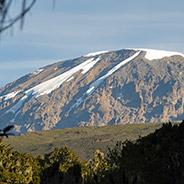
I really want to recommend everybody Kilimanjaro climb with Tanzania-Experience! Excellent service – very good food, very kind guides, reliable porters. This all made our trip much easier and we have fully enjoyed it !David | Czech Republic
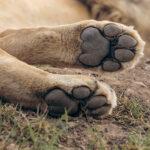
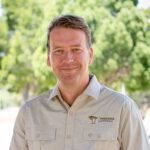
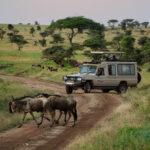
Experience Tanzania with us
Speak to one of our travel experts
Let's start planning your trip!
We will get back to you within 2 working days.
 on Tripadvisor
on Tripadvisor